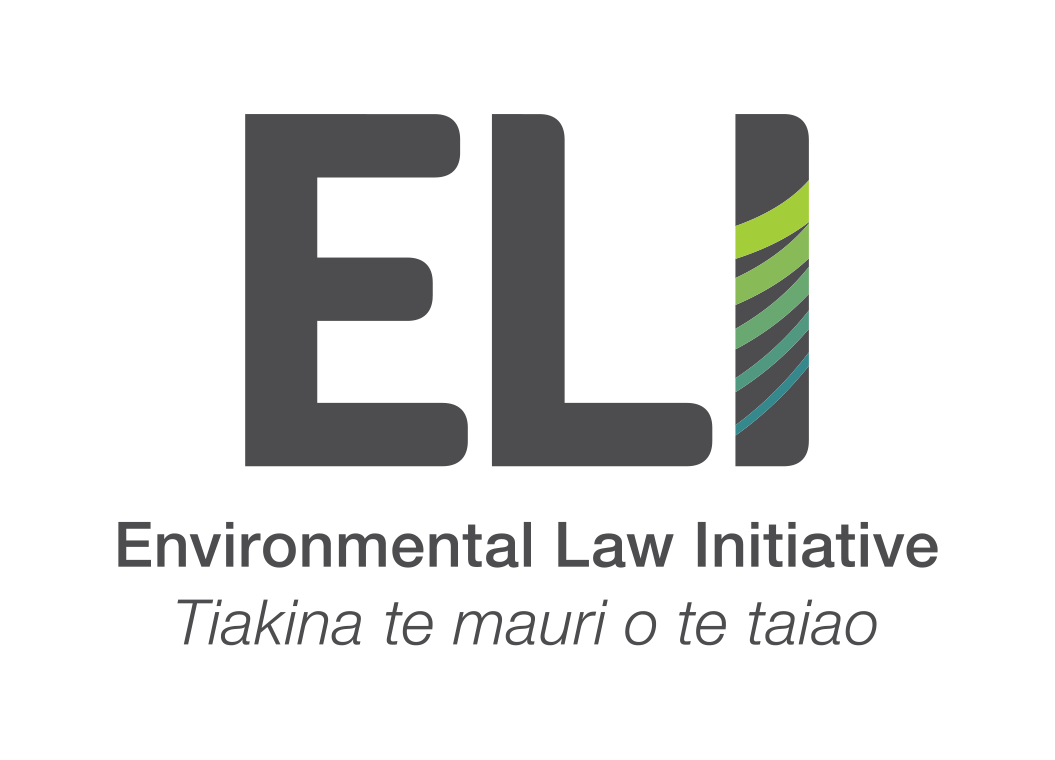
Challenging ‘systemic failures’ to protect marine biodiversity (marine bycatch)
ELI v DIRECTOR-GENERAL OF THE MINISTRY OF PRIMARY INDUSTRIES AND OTHERS
ELI challenged the New Zealand Government in the High Court over systemic failures to apply the law to protect marine biodiversity.
Every year, commercial fishing vessels kill thousands of non-target animals through bottom-trawling, longline, purse seine and other fishing methods. The range of wildlife caught as bycatch includes protected species such as albatrosses, turtles, dolphins, whales, seals, petrels, yellow-eyed penguins, coral, and sharks.
For every kilogram of reported target catch, nearly 0.2kg of bycatch is estimated to be caught. The number of seabird deaths in the 2016/17 fishing year, according to a government report, were estimated at 4,186.
We know that bycatch is systemically underreported, so the real figure is likely to be significantly higher. The Ministry of Primary Industries has itself stated that bycatch levels of seabirds could be as high as 14,000 per year. A recent NIWA report also reveals that hundreds of endangered sea turtles have been caught in New Zealand’s commercial fisheries since 2002.
We believe that the Government’s current system for bycatch reporting is not fit-for-purpose, meaning that bycatch offences are rarely investigated and prosecuted.
Our litigation makes the case that the Government is not properly implementing its own laws to protect marine biodiversity – despite its own acknowledgement that these species and their habitats are in serious trouble.
-
The current bycatch reporting systems clouds the responsibilities of the government agencies, and pushes DOC out of its responsibilities under the Wildlife Act and Marine Mammals Protection Act. Our view is that this is by design, and is likely unlawful.
With hundreds of protected birds, marine mammals and other species being by-caught in NZ’s commercial fisheries every year, ELI’s view is that the Government must use the tools it has to urgently reduce these numbers. This includes implementing an effective, transparent and robust reporting system and mortality limits.
Failure to do so is incompatible with scientific advice, NZ’s political commitments, and the Government’s own goals for marine biodiversity. In filing for a judicial review relating to the Government’s reporting system, we hope to see proper implementation of laws to protect marine species in Aotearoa.
-
Filed
Hearing held in the Wellington High Court 14th - 16th August, 2023
Currently awaiting judge’s decision
-
Our Interview on RNZ Nine to Noon – legal case against protection of marine animals
NIWA’s review of commercial fishing interactions with marine reptiles, which finds that hundreds of endangered sea turtles have been caught in New Zealand’s commercial fisheries since 2002
"NZ’s inaction on turtle bycatch in fisheries risks reputational damage – and it’s pushing leatherbacks closer to extinction” - Our article in The Conversation
“Our Marine Environment 2019” - The Ministry for the Environment’s report, which finds that 90% of seabirds, 80% of shorebirds, and 22% of indigenous marine mammals are classified as threatened with or at risk of extinction.
Estimated captures of NZ fur seal, common dolphin, and turtles in the NZ commercial fisheries 2017-18 Ministry for Primary Industries
Department of Conservation Marine Mammal Action Plan – DOC's guide for conservation management of NZ’s marine mammals
DOC’s Protected Species Liason Programme, which issues guidance to fishers on bycatch mitigation, but the measures are voluntary and unenforceable.
Western and Central Pacific Fisheries Commission (WCPFC) turtle bycatch mitigation measures, from which NZ is exempt on the questionable basis of “low rate of turtle bycatch”.
“The Price of Fish” - Interactive Stuff Article on Albatross Extinction
“The death toll from our appetite for fish and chips” Andrea Vance, Stuff 2022

